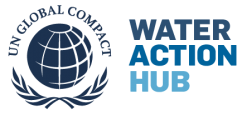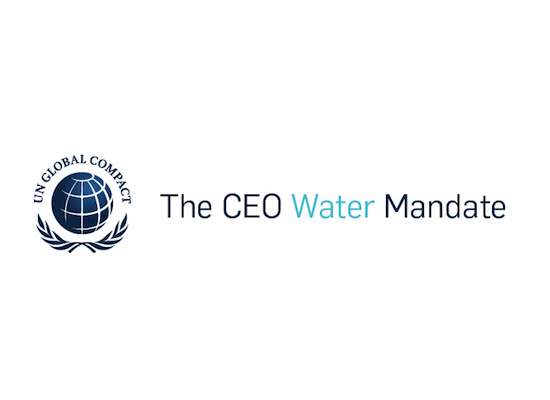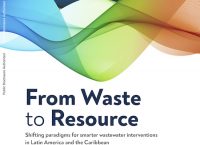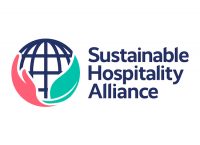Primary Functions
- Improve understanding of current water-related corporate reporting practices.
- Learn how corporate water reporting can be more robust and meaningful.
Detailed Description
Companies are increasingly choosing to publicly report their water uses and impacts in order to strengthen communication with stakeholders and enhance accountability to the public. Such transparency efforts foster trust, confidence, and goodwill among consumers and investors alike, thereby providing competitive advantage. Furthermore, companies have found such a process helps to identify significant business risks and opportunities. This trend has continued to such an extent that corporate reporting is now often becoming an expectation of global companies.
The overarching goal of this study is to better understand current water-related corporate reporting practices, and in particular those areas relating to the six core elements of the UN Global Compact’s CEO Water Mandate–a voluntary initiative to improve corporate water stewardship. In doing so, the study will:
- Illustrate various forms of reporting approaches and contents, highlighting good practices and innovative approaches,
- Identify commonalities, differences, and gaps among water reports (both Mandate endorsing companies and others),
- Summarize and present the findings in a way that can serve as de facto guidance for corporate water reporting.
In fulfilling these objectives, the study focuses on two main components of the reporting process:
- Reporting Methodology: The approaches and methods used to determine how companies are prioritizing key issues, determining specific indicators, presenting content in their Corporate Responsibility (CR) reports, and promoting harmonization with other companies’ reports.
- Reporting Contents: The actual water-related information provided in CR reports (i.e., the depth, breadth, and usefulness of reported content, etc.) with respect to the six elements of The CEO Water Mandate.







